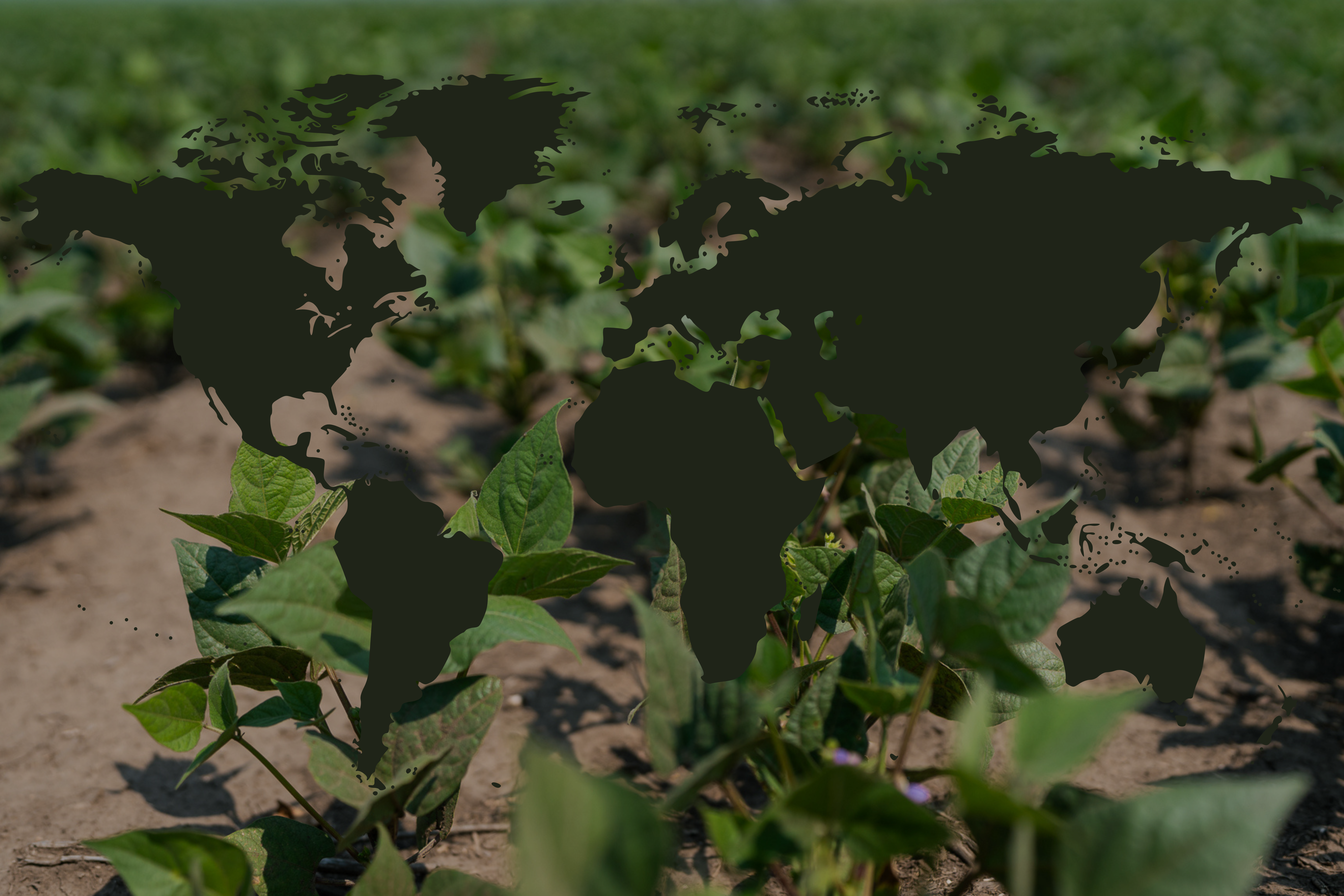By G. Chandrashekhar
April 2023
India’s pulse market has decisively transitioned from kharif marketing season to rabi harvest season in 2022/23, but the outlook for the months ahead is marked by uncertainty.
Harvest Estimates Were High
The Government of India has estimated the rabi harvest of different pulses, chickpea, lentil, and field pea plus small quantities of mung and black matpe (urad) at a record 19.65 million (M) tonnes, higher than the production target of 19 M tonnes and higher than previous year’s rabi estimate of 19.1 M tonnes.
Specifically, chickpea (chana) crop is estimated at 13.6 M tonnes, marginally higher than the target of 13.5 M tonnes and the last rabi production estimate of 13.5 M tonnes.
Lentil (masur) crop is estimated at 1.6 M tonnes, higher than last year’s 1.3 M tonnes. Higher production can be attributed to 400,000 hectares of additional planted area this season.
In addition, the Indian government has estimated rabi mung crop size at 1.6 M tonnes and black matpe at 0.8 M tonnes. Small quantities of minor pulses are also grown.
The Indian government crop estimate for chickpea is clearly overstated by about 20%. Analysis of planted area, rainfall pattern, and input usage suggest the crop size would be no more than 11 M tonnes, the same as last year. Yet, the harvest of 11 M tonnes itself is large under the present Indian market conditions.
Consumption demand for chana is in the 8.5–9.5 M tonne range. No wonder, as domestic chana prices have been ruling 10–15% below the specified minimum support price (MSP) of 5,335 rupees (Rs) per 100 kg trading lot equivalent to $650 per tonne.
It is estimated that the total rabi harvest size at no more than 15 M tonnes including 11 M tonnes of chickpea and 1.6 M tonnes of lentil, far lower than the government estimate of 19.65 M tonnes.
With the exception of chana, prices of most other pulses are ruling at or above the respective MSP. While lentil is hovering around the
MSP of 5,500 Rs per 100 kg ($670 per tonne), pigeon pea (tur/arhar), black matpe, and mung are ruling above their respective MSP.
Market Price Controls
The market is the final arbiter and knows the harvest size. Firm prices are evidence of lower than government-estimated pulse crop size. Clearly, domestic supply is tightening with the exception of chickpea. The government procurement cooperative National Agricultural Cooperative Marketing Federation (NAFED) is holding an estimated 2 M tonnes of chickpea from the 2022 harvest adding to downward price pressure.
The government has allowed the free import of pigeon pea, black matpe, and lentil until March 2024. This liberal import policy is intended to augment domestic supplies and rein in food inflation.
Assembly elections in a few key states are on the anvil in 2023 while the nationwide parliamentary elections are just a year away. The United States (U.S.) origin lentil will continue to attract a customs duty of 22% which is retaliatory in nature since 2019.
Much of India’s import comes from developing countries. India has signed a memorandum of understanding (MoU) with Myanmar, Malawi, and Mozambique for the import of tur/arhar and urad. Lentil would come mainly from Canada and Australia.
Weather Woes
Northern, Central, and Western India were hit by unseasonal torrential rains and gusty winds recently (March 17–21) which is believed to have adversely affected standing crops, especially wheat and, to some extent, chickpea. The damage is still being assessed. Even if the loss of quantity turns out to be modest, there is an apprehension of loss of quality.
Weather forecasters have warned that India faces the risk of El Niño conditions during the upcoming southwest monsoon season (June to September) when major kharif season crops like rice, corn, pulses, oilseeds, and cotton are grown. El Niño typically brings lower precipitation which results in a lower harvest.
Already, production of kharif season pulse crops (pigeon pea, black matpe, mung) in India has been stagnating at around 8.5 M tonnes for the last 3–4 years. A severe El Niño can potentially lead to a large production shortfall.
Demand
In India, pulses are consumed along with fine cereals rice or wheat. In other words, the demand for pulses is supplementary in nature. Under its welfare program, the Indian government supplies rice and wheat free of cost to vulnerable sections of the population. This is sure to generate additional demand for pulses.
A combination of rising demand and stagnating domestic supply means rising prices and food inflation. It can compromise India’s quest for substantial self-reliance. In a recently concluded International Conference on Pulses organized by the government of India, a lecture was given on strategies to achieve sustained growth in sustainable ways and argued for the infusion of multiple technologies into the pulses sector in order to capture greater efficiencies and market opportunities.
G. Chandrashekhar is a Mumbai-based policy commentator and global agribusiness specialist. He can be reached at gchandrashekhar@gmail.com.



